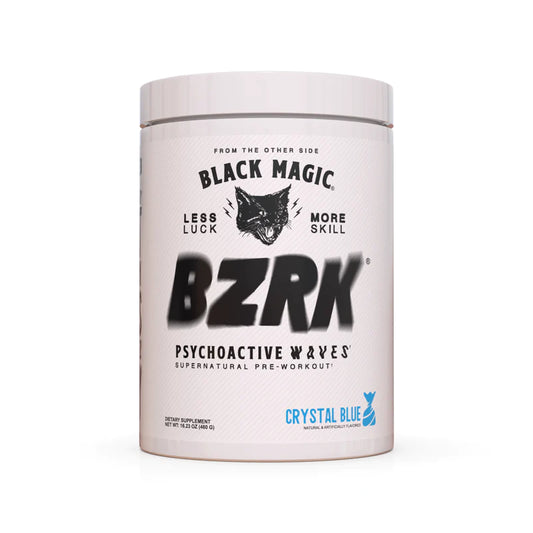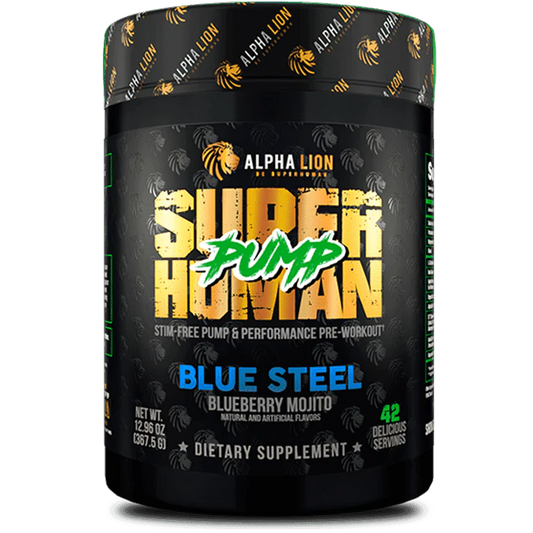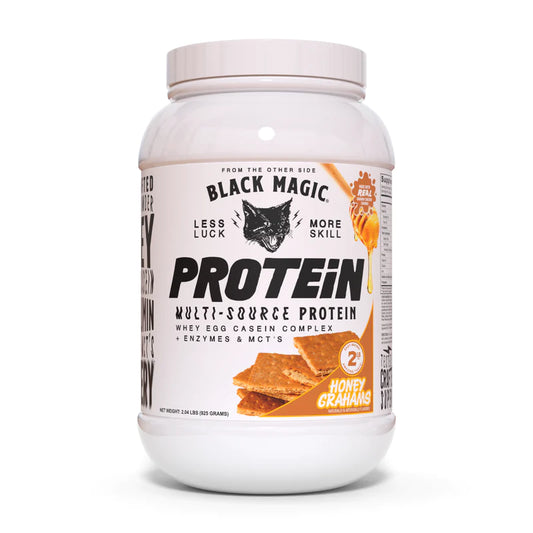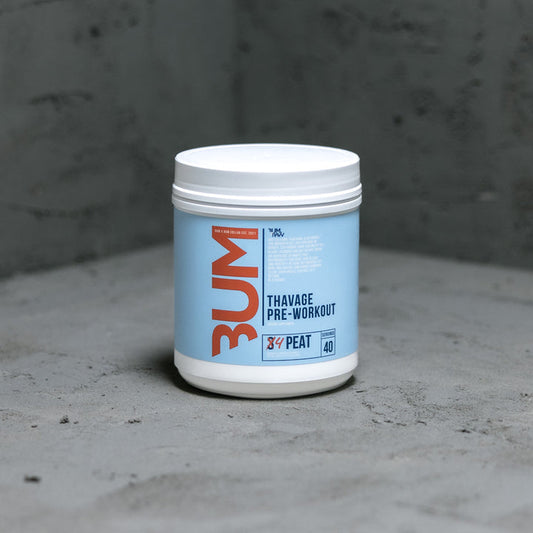Having good hip mobility is essential for overall health and physical performance. Tight hips can lead to poor posture, back pain, and increased risk of injury. Hip mobility refers to your ability to move your legs and hips through their full range of motion. Good hip mobility allows you to squat down low, bend and reach, twist your torso, and move your legs freely without restriction or discomfort.
In this blog post, we will discuss the importance of hip mobility, explain common causes of tight hips, and provide a complete hip mobility routine to open up your hips and improve mobility. We’ll also give modifications for beginners. Follow along with this hip opening workout 2-3 times per week to see major improvements in your hip flexibility and movement.
Why Hip Mobility Matters
Having mobile, flexible hips is crucial for many reasons:
- Prevents injury - Tight hips put strain on your low back, knees, and other joints during exercise. This leads to poor movement patterns and excess force on muscles and joints, increasing injury risk. Good hip mobility allows your body to move freely without compensations.
- Improves athletic performance - Sports like running, tennis, soccer, and basketball require strong, mobile hips to unleash your full athletic potential. Tight hips limit your power and explosiveness.
- Alleviates back pain - Lack of hip mobility causes your low back to round during bending and lifting. This strains spinal tissues and commonly leads to low back pain and stiffness. Freeing up your hips takes pressure off your back.
- Enhances functional movement - Daily life requires hip mobility for movements like getting in and out of a car, stepping over obstacles, putting on shoes, and reaching down to pick things up off the floor. Healthy hips make all these daily activities easier.
- Corrects muscle imbalances - Tight hip flexors and weak glutes are a common postural imbalance. This pulls your pelvis out of alignment and negatively impacts posture and movement efficiency. Targeted hip opening corrects these imbalances.
- Improves balance and stability - Mobile hips provide a solid, stable foundation for your upper body during balance and coordination exercises. Hip tightness negatively affects your stability.
The bottom line is that freeing up stiff, immobile hips will vastly improve comfort and ease of movement during both exercise and daily living. Now let’s look at the common causes of limited hip mobility.
What Causes Tight Hips?
There are a few key reasons why your hips may be feeling tight and stiff lately:
- Inactivity and prolonged sitting - Modern, sedentary lifestyles cause our hip flexors and rotators to stay shortened in flexed positions for too long. This drastically reduces mobility over time.
- Weak glutes and abdominal muscles - Your gluteal and core muscles stabilize your pelvis and hips. Weakness in these areas causes excessive tightness as other muscles have to overwork to compensate.
- Lack of stretching/foam rolling - Not adequately stretching, foam rolling, or using a mobility routine leads to adaptive shortening of tissues and progressive tightness.
- Joint restrictions and adhesions - An old injury or adhesive scar tissue around the joint capsule can limit your range of motion by preventing the joint from moving optimally.
- Muscle knots and trigger points - Myofascial restrictions like knots and trigger points in your glutes, hip flexors, hamstrings etc. feel like tightness and limit mobility.
- Age-related stiffness - As we age, our muscles and tissues naturally lose elasticity and mobility. Consistent mobility work counteracts this age-related decline.
Now that you understand the importance of hip mobility and what causes tight hips, let’s get into the mobility exercises. This routine focuses on opening up your hips through dynamic stretches and foam rolling. Do it 2-3x per week to see a drastic improvement in hip mobility.
Complete Hip Mobility Routine
This hip opening routine targets all the major muscle groups around the hip joint through dynamic stretching and self-myofascial release techniques. Here's an outline of the workout:
- Foam rolling: Hip flexors, glutes, piriformis, IT band
- Activation: Glute bridges, fire hydrants
- Dynamic Stretches: Leg swings, squats, lunges, knee to chest
- Hip CARs: Circles, arcs, repetitions
- Crawls: Inchworms, bear crawls, spiderman crawls
- Cooldown: Figure 4 stretch, happy baby pose
This well-rounded program hits your hips from every angle and at multiple depths. Let’s break down each exercise and mobility drill in detail. Follow the recommended sets and reps for each move.
Foam Rolling (8-10 minutes)
Foam rolling your hips before stretching is crucial because it helps release tissue adhesions and trigger points that contribute to lack of mobility. Use a high density foam roller and slowly roll the following areas:
1. Hip flexors - 30 seconds each side
Lie face down and place one thigh on the roller. Roll from the top of your hip crease down to just above your knee. Find tender points and pause on them for 5-10 seconds.
2. Glutes - 30 seconds each side
Sit on the roller with it positioned under one glute. Cross the opposite ankle over the thigh of the leg on the roller. Roll from your low back down to mid-glute. Focus on trigger points.
3. Piriformis - 30 seconds each side
Sit sideways with one sitz bone on the roller. Cross the ankle of your top leg over the thigh of your bottom leg. Roll on the area between your sacrum and hip joint.
4. IT Band - 30 seconds each leg
Lie on your side with the roller under your hip and outer thigh. Bend your top leg for support. Roll from your hip to just above the knee. Slowly lean into tender areas.
Glute Activation Exercises (2 sets)
Activating your glutes before stretching is important because glute weakness contributes heavily to poor hip mobility. Do 2 sets of 10-15 reps of these exercises:
1. Glute bridges - Lie on your back with your knees bent and feet flat. Squeeze your glutes to lift your hips up into a bridge. Focus on using your glutes rather than your low back.
2. Fire hydrants - Get on all fours with your hands under your shoulders and knees under your hips. Keeping the thigh perpendicular to your body, lift one leg straight out to the side like a dog going to the bathroom. Bring the knee back to the starting position. Repeat on both sides.
Dynamic Stretches (2 sets of 8-10 reps each side)
Dynamic movements that take your legs through a progressive range of motion are fantastic for activating muscles and increasing mobility. Execute each stretch in a slow, controlled manner. Do 2 sets on each side:
1. Forward/backward leg swings - Stand upright and swing one leg forward and backward as high as you can while keeping your upper body still. Lead with your heel and keep your toes pulled up. Control the swing motion throughout.
2. Bodyweight squats - Stand with feet shoulder-width apart. Send your hips back as if sitting in a chair. Drop down as low as you can while keeping your heels on the floor. Raise back up to standing. Focus on hip mobility over your knees and ankles.
3. Lunges with a twist - Step one leg forward into a lunge. Drop your back knee as close to the floor as possible. Rotate your torso and reach the same-side arm toward the front ceiling. Return to center and push back to standing. Alternate sides.
4. Knee to chest - Lie on your back and hug one knee into your chest. Gently bring it down toward the floor on the same side while keeping the other leg grounded. Pause, then slowly return to start position.
Hip CARs (2 sets of 6-8 reps each direction)
Controlled articular rotations (CARs) target mobility in the ball and socket hip joint itself through all planes of motion. Do 2 sets of each:
1. Hip circles - Lie on your back, bend your knees, and lift your feet off the floor. Lead with your knees to make small, controlled clockwise and counterclockwise circles with your hips.
2. Hip arcs - Lie on your back with legs extended. Keeping one leg still, raise the other leg up and slowly sweep it out to the side and back down in a half-circle arc. Alternate sides.
3. Hip repetitions - Lie on your side with your bottom knee bent 90 degrees. Rotate your top hip forward and back through its full range of motion. Repeat on the other side.
Crawls (2 rounds)
Crawling patterns are a phenomenal way to open up your hips in every plane and direction. Do 2 rounds of each:
1. Inchworms - Stand tall, bend at your hips and lower your hands to the floor. Walk your hands forward while keeping your legs as straight as possible. Once in a deep straddle, walk your feet back up to your hands. That's one rep.
2. Bear crawls - Get in a quadruped position. Raise your hips up so your body forms a table top. Step forward with your right hand and left foot simultaneously. Repeat on the opposite side. Do for 30-40 seconds.
3. Spiderman crawls - Get in a high plank position. Bring one knee outside the corresponding elbow and back to plank. Alternate sides to crawl forward and backward. Do for 30-40 seconds.
Cooldown Stretches (2 minutes each side)
Finish off your mobility flow with some passive static stretching. Hold each stretch for 2 minutes per side:
1. Figure 4 stretch - Lie on your back and cross one ankle over the thigh of your opposite leg. Grasp behind the thigh of the bent leg and gently pull it toward your chest until you feel the outer hip stretch.
2. Happy baby pose - Lie on your back and grab the outside of your feet with your hands. Gently pull your knees toward your armpits while drawing your tailbone down and lengthening your lower back.
And that wraps up this complete hip mobility routine! Run through these dynamic stretches and myofascial release techniques 2-3 times per week to keep your hips mobile and feeling great. Consistency is key when it comes to improving flexibility. Let this hip opening workout free up your hips and enhance your athletic performance, range of motion, and quality of life.
Beginner Modifications
If you’re brand new to mobility work and hip opening exercises, make these modifications to progress safely:
- Foam roll for 30 seconds per muscle group, 1 round total
- Do only 1 set of the glute activation and dynamic stretches
- Reduce range of motion - go to your first point of resistance during the dynamic stretches
- Only do 1 round of the crawling sequences
- Hold the cooldown stretches for 1 minute per side
The goal for beginners is controlled, pain-free movement through a limited range of motion. Build up your mobility gradually over time. As you get more comfortable, progress to the full recommended sets and reps.
Benefits of Better Hip Mobility
Freeing up stiff hips through focused mobility work provides many great benefits:
- Improves athletic performance - More mobile hips allow you to run faster, jump higher, and prevent power leaks during sports.
- Decreases injury risk - Healthy hip mobility improves movement patterns and reduces excessive stress on joints during exercise.
- Alleviates low back pain - Open hips help stabilize your pelvis and take pressure off your low back muscles and spine.
- Enhances function - Mobility promotes ease of movement for daily activities like squatting, bending, reaching, getting in and out of a car, stairs, and more.
- Corrects muscle imbalances - Stretching tight hip flexors and strengthening weak glutes brings your pelvis into proper alignment.
- Boosts balance and stability - Mobile hips strengthen your foundation and enhance coordination, balance, and stability during exercise.
- Reduces stress and discomfort - Flexible muscles and joints prevent you from feeling restricted and uncomfortable during certain positions.
- Prevents age-related decline - Regular mobility work keeps your tissues supple and counteracts the natural loss of mobility as you age.
Conclusion
There you have it - a complete head-to-toe hip mobility routine to significantly improve your hip health and function. Practice these foam rolling, dynamic stretching, and hip CARs exercises 2-3 times per week for optimal results. Proper hip mobility will make all your movements feel easier and more comfortable.




